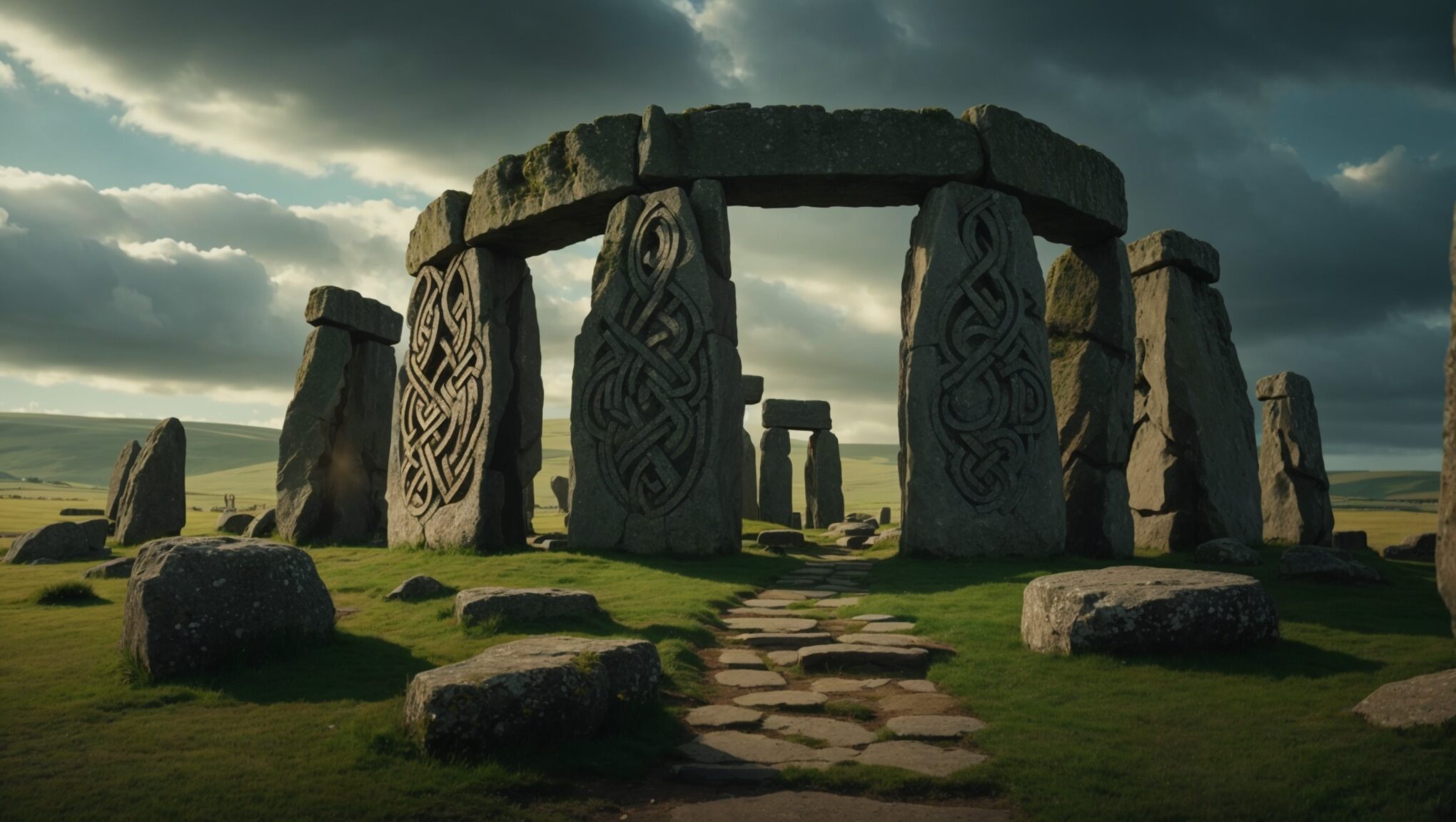As the world spins ever forward, the stories we tell about our times continue to evolve, drawing from the deep well of human experience and imagination. Among these narratives, the resurgence of sagas—stories that blend the grandeur of mythology with the immediacy of current events—stands as a testament to our enduring need for stories that resonate on a fundamental level. As these living sagas unfold, they increasingly incorporate modern figures, transforming public personas into characters of mythic proportions, their deeds and challenges reimagined within the framework of epic tales.
The Art of Integration
The process of integrating contemporary figures into the fabric of new sagas involves a careful balancing act. It requires a nuanced understanding of the individual’s public persona and the role they play within the societal narrative. By drawing parallels between modern individuals and archetypal characters from myth and legend, saga writers create a bridge between the past and present, offering insights into our world through the lens of timeless themes and struggles.
Characters of the Now
As these sagas continue to be written, figures from politics, entertainment, science, and beyond are being added to the narrative tapestry. These individuals are not merely named; they are transformed, their essence captured in characters that reflect their public achievements, challenges, and contributions to the collective story of our time. For example, a political leader might be reimagined as a chieftain or king, navigating the treacherous waters of governance and diplomacy with wisdom and courage reminiscent of ancient heroes.
The Role of the Audience
This creative endeavor is not a solitary one. The audience plays a crucial role in shaping these narratives, their reactions and interpretations feeding back into the saga’s evolution. In this interactive process, the characters drawn from real life become mirrors through which we can explore our values, fears, and aspirations. As we engage with these stories, we are invited to reflect on the parallels between our challenges and those faced by our ancestors, providing a sense of continuity and perspective.
Ethical Considerations
In weaving modern figures into these sagas, writers tread a fine line, respecting the real individuals’ dignity while exploring their symbolic potential. This ethical dimension is crucial, as it ensures that the sagas remain a source of insight and inspiration rather than veering into caricature or misrepresentation. By adhering to principles of respect and integrity, the sagas honor the individuals they depict, contributing to a richer, more nuanced dialogue between the past and present.
Looking Forward
As the sagas continue to unfold, they promise to enrich our cultural landscape, offering narratives that not only entertain but also illuminate the human condition. In this ongoing dialogue between the ancient and the contemporary, we find a living tradition that adapts and grows with each passing era, reflecting our journey through time. The inclusion of modern figures in these sagas is more than a literary device; it is a reflection of our collective search for meaning, connection, and continuity in an ever-changing world.
- Tóki Karlsson – An allegorical figure inspired by Tucker Carlson, reimagined for a Norse saga setting.
- Valdamarr Pútinson – Inspired by Vladimir Putin, depicted in a Norse saga context.
- Aleksí – A character representing a loyal guard, symbolizing unnamed heroes in the narrative.
- Fenrir’s Kin (Hamas) – An allegorical representation of Hamas, utilizing the imagery of Fenrir, the monstrous wolf from Norse mythology.
- The Warrior of the West, The Seeress of the East, The Smith of the Central Lands – Generic titles for champions in a mythical saga, representing ideals or roles rather than specific historical figures.
- The Nornir Council (The Unseen Force) – An allegorical group inspired by the Norns of Norse mythology, representing unseen manipulative powers.
- Jörmungandr (The World Serpent) – Used metaphorically to represent a pervasive, unseen influence affecting the outcome of a leadership struggle in the United Estates.

From the Modern Context Sagas:
- Governor Abbott – Inspired by the actual Governor of Texas, Greg Abbott, depicted in a saga about the U.S. border crisis.
- The Aged Ruler – A representation of a leader grown too old to rule, symbolizing situations where leadership transitions become necessary.
- The United Estates – A creative representation of the United States, used in various allegorical narratives.
From the Allegorical and Mythical References:
- Ragnhild, Haldis, Völund, Sigrún, Finn, Gudrun, Audhild, Bjorn, Heidrun, Solveig – Names given to seers or wise figures, each with meanings rooted in Norse mythology or Scandinavian culture, representing archetypal qualities or roles rather than direct historical figures.
